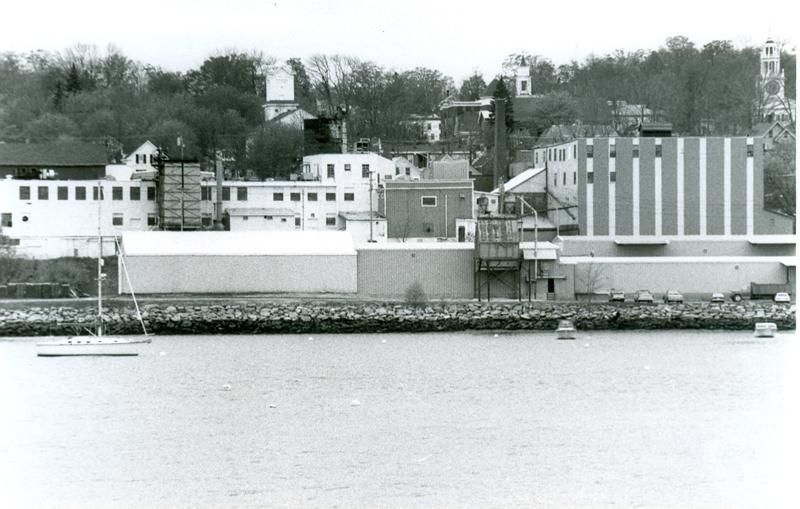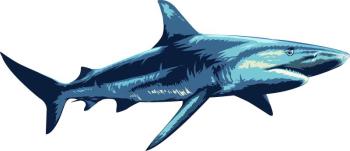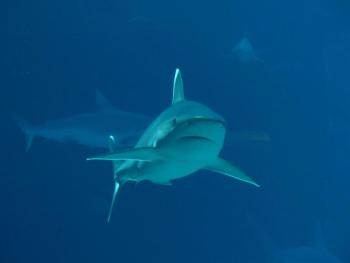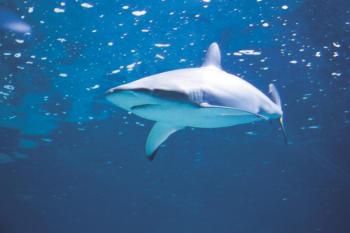The beauty of the waters of Belfast Bay are appreciated by the countless eyes that gaze upon them, though many are unaware of a long ago nickname for the span of water that goes from the Bay into the larger Penobscot Bay: Shark alley. The name became associated with the area due to frequent finned visitors, drawn by the waste of a waterfront business.
The possible presence of sharks in the Midcoast waters is nothing new, but long before summer shark sightings became a part of the Midcoast’s common consciousness, the region's waters hosted a diverse array of marine life that included visits from great white sharks. Great white sharks are most often observed during the months of July, August, and September. They are considered an apex predator, meaning they exist at the top of the food chain, with few predators.
During the 1960s, sharks, sometimes including great whites, were known visitors of Belfast Bay, attracted by the mass processing of chickens at the Penobscot Poultry Company. The plant waste, including thousands of pounds of chicken offal, was released into the bay, reportedly leading to polluted waters. Despite the pollutants being off-putting to many locals, they served as a lure to nearby sharks.
Belfast Historical Society and Museum President Megan Pinette said she remembers hearing about sharks in the bay back in the 1960s.
Another local once recalled that she used to swim across the Bay in the 1960s, and remembered a chicken head floating past her once as she swam.a
The processing plant was officially closed Feb. 24, 1988. With its closure, and the disappearance of the blood and body parts that once drew sharks to the area, great whites and other sharks sightings seemed to diminish considerably, and shark alley faded into semi obscurity.
While Maine has been known to have great whites in its waters, they were typically thought of as farther from shore, with many sightings near Matinicus Island, 20 miles off the shore of the Knox County. A July 2020 fatal great white attack in Casco Bay, which took the life of an New York City woman, is a reminder that they come much closer to land than one might expect. The woman who lost her life was swimming roughly 20 yards off of the shore of Bailey Island when the incident occurred. Farther south in New England, great whites have reportedly been spotted as close as 10 feet from shore near Provincetown, Massachusetts, according to a Boston University article.
The Maine Department of Marine Resources reported 44 confirmed sightings of great whites in 2022. An official State warning was issued in Summer 2023, a first for the area.
Sharks, including great whites, will likely become a more common sight due several factors, including an increase in the gray seal population, and conservation efforts resulting in larger numbers of great whites, according to the same BU article. Seals have been protected under Marine Mammal Protection Act since 1972, which has caused the population to swell, and wherever their prey goes, so too, go great white sharks.
While the prospect of an increased shark presence is an unsettling one, it is important to remember that one never knows what lurks below. Sharks, in general, have little interest in people, however any attack will make many second guess venturing into the waters, or at least, lead them to take measures to mitigate the risk.
While humans have laid claim to the land and sea for several hundred thousand years, sharks have been swimming the seas for hundreds of millions of years, predating even trees. Belfast Bay might be unlikely to ever be dubbed shark alley again, but sharks are an ever increasing presence in the warming waters, whether they are observed or not.






























